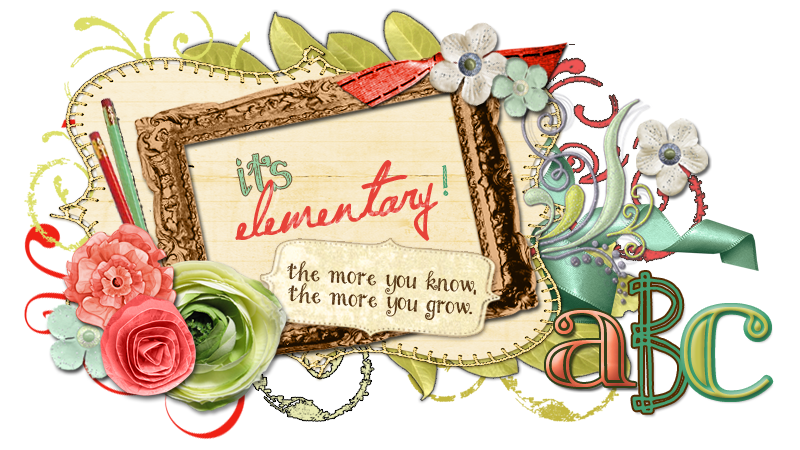The Common Core Standards require students to engage in collaborative discussions, elaborate on the points of others and clearly explain their own ideas. The standards also want students to review key ideas and draw conclusions based on information from discussions. This is called collaborative argumentation or as the Institute of Learning at the University of PIttsburgh calls it, "Accountable Talk." The Accountable Talk chart pictured below is available on Teachers Pay Teachers in both color and black and white. The picture it enlarged to 139% on ledger paper and used as a placemat on student's desk during discussions.
Traditional lessons are characterized with a sequence of teacher-initiated questions for student response and teacher evaluation. These questions simply test students' knowledge. It constrains the participants from collaborating or building meaning from the text. Discourse-based lessons focus on the quality of the teacher's questions and talk moves to generate effective reading comprehension lessons. Accountable Talk consists of three levels of accountability:
| Accountable Talk Chart |
- Accountable to the Learning Community - that discussions are on topic
- Accountable to the Knowledge - to use accurate information
- Accountable to Rigorous Thinking - to think deeply about what is being said.
Within each level of accountability there are structures that need to be taught individually and then synthesized into an understanding of Accountable Talk.



